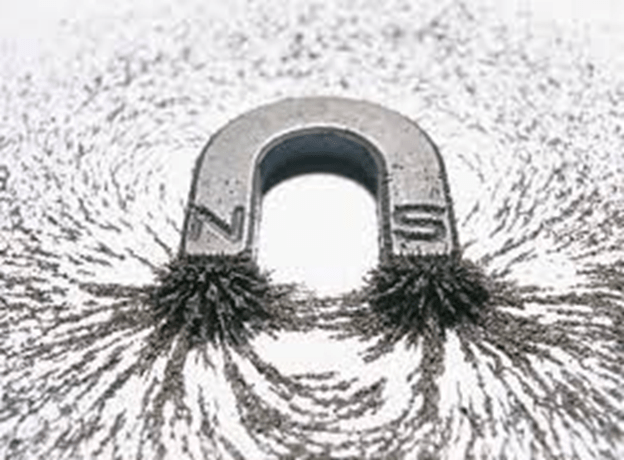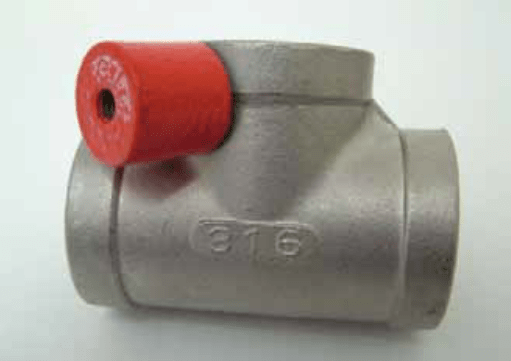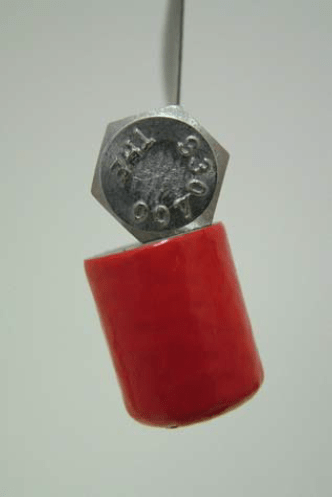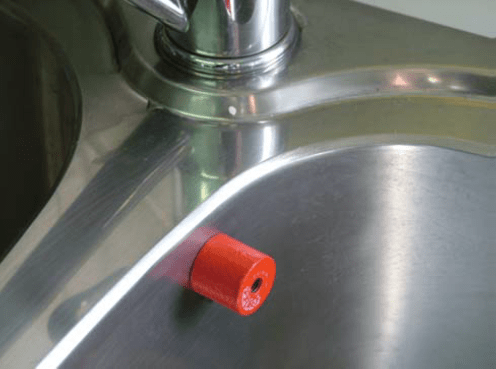- Perspective – May 2021
- Advert : Columbus Stainless
- Global and Local Statistics
- Advert : NDE
- The Best of the GPS E-Newsletters
- Tanzania – Buying into the Bigger Picture
- Rwanda Beckons
- Advertorial : Merging of Multi Alloys operations with EMV Africa
- Sassda Profile – Lerato Mashigo
- Advert : Unique Welding
- Technical Insight
- Sector Focus : Stainless steel is key to South Africa’s water infrastructure recovery
- Advertorial : Coalition Engineering Supplies
- Case Study : A Stainless Solution for Saltwater Challenges
- Advertorial : Air Products
- Obituary : John Edward van Duyn
- Sassda Webinars
Myth or Truth: Magnetic Stainless Steel is less corrosion resistant than non-magnetic grades?
 One of the basic tests would be to test for magnetism. The magnetic grades would likely be ferritic grades with a magnetic crystal structure. The others might be the non-magnetic austenitic grades due to the nickel content.
One of the basic tests would be to test for magnetism. The magnetic grades would likely be ferritic grades with a magnetic crystal structure. The others might be the non-magnetic austenitic grades due to the nickel content.
The lack of magnetism in certain grades would normally be caused by nickel content that is added to the alloy to make the material more workable. However, some people would also like to contribute certain levels of corrosion resistance to the specific grades based on the material’s level of magnetism.
And then there’s the old saying that if it is magnetic, it is not suitable for corrosive conditions. This is false, but also true. There is no correlation between magnetic permeability and resistance to corrosion, but there is a sound reason for this mistake. The magnetism/corrosion myth is based on the fact the less noble ferritic (magnetic) grades of stainless steel, such as grades 409 and 430, do not resist corrosion as well as the nobler and nickel-containing austenitic (non-magnetic grades) such as 304 and 316.
 Stainless steel is an alloy of iron and chrome. At least 50% iron is required to make the mixture steel and at least 10.5% chrome is required to make it stainless. The ferritic grades have a chrome content between 10.5% and 16% and, as such, will have magnetic properties and display moderate to good corrosion resistance. These grades are also called plain chromium grades and do not respond well to welding in thicker sections. To address the weldability and formability issues of the ferritic grades, nickel is added to the mix. The crystal structure changes from ferritic to austenitic and this crystal is non-magnetic. This also improves the mechanical properties of the austenitic grades in terms of ductility and weldability. These grades normally also contain higher chromium levels than the ferritic grades and, as such, are more corrosion resistant. This explains why certain grades are magnetic and that it has very little to do with corrosion resistance.
Stainless steel is an alloy of iron and chrome. At least 50% iron is required to make the mixture steel and at least 10.5% chrome is required to make it stainless. The ferritic grades have a chrome content between 10.5% and 16% and, as such, will have magnetic properties and display moderate to good corrosion resistance. These grades are also called plain chromium grades and do not respond well to welding in thicker sections. To address the weldability and formability issues of the ferritic grades, nickel is added to the mix. The crystal structure changes from ferritic to austenitic and this crystal is non-magnetic. This also improves the mechanical properties of the austenitic grades in terms of ductility and weldability. These grades normally also contain higher chromium levels than the ferritic grades and, as such, are more corrosion resistant. This explains why certain grades are magnetic and that it has very little to do with corrosion resistance.
Chromium, molybdenum and nitrogen enhance the passive layer and add to corrosion resistance, however, these elements have no influence on the magnetic permeability of the material.
To make things even more complicated, it is even debatable if “non-magnetic” stainless steel remains non-magnetic. Austenitic materials will be low in magnetic permeability when it arrives at your stores after annealing and packaging. During rolling, bending and other forming operations some parts of the material will revert to a magnetic structure. This is due to intensive mechanical work that is done when forming, for example, a pot or other deep drawn items. In simplistic terms, the material crystals slip back to the ferritic form under the mechanical action.

The level to which the magnetic effect will return depends on the level of deformation the material was exposed to. On a deep-drawn item, the magnetism will be highest at the areas of most deformation such as the bottom edge and the top lip.
 Stainless steel fasteners and threaded rods are made by cold forging the head, and cold rolling or machining the thread. Due to all the mechanical deformation, these items are usually strongly magnetic. Castings made from austenitic grades are likely to crack in the casting process if the alloy is not formulated to be slightly magnetic and therefore some ferritic material is required in the mix. For the same reasons, we require a level of ferritic material when designing a weld. This means that casting and stainless steel welding will usually be of some level of magnetism.
Stainless steel fasteners and threaded rods are made by cold forging the head, and cold rolling or machining the thread. Due to all the mechanical deformation, these items are usually strongly magnetic. Castings made from austenitic grades are likely to crack in the casting process if the alloy is not formulated to be slightly magnetic and therefore some ferritic material is required in the mix. For the same reasons, we require a level of ferritic material when designing a weld. This means that casting and stainless steel welding will usually be of some level of magnetism.
 After this discussion, it is clear that the two issues of magnetism and corrosion are not related. More than 75% of global fabrication of stainless steel makes use of the austenitic (non-magnetic) grades. This isn’t because of its so-called non-magnetic properties, but rather the fact that they are easy to form, weld and manufacture with.
After this discussion, it is clear that the two issues of magnetism and corrosion are not related. More than 75% of global fabrication of stainless steel makes use of the austenitic (non-magnetic) grades. This isn’t because of its so-called non-magnetic properties, but rather the fact that they are easy to form, weld and manufacture with.
The addition of nickel indeed changes the material’s workability in terms of mechanical properties, and its level of magnetism. But in reality magnetism, except in the case of special applications, is not important. Rather stainless steel is chosen for durability, hygiene, and its superior Life Cycle Costing and this is all based on its resistance to corrosion. Time would be better spent by evaluating the environment and functional requirements to determine the levels of chrome, molybdenum and nitrogen required to deliver to the specifications. It is these elements that render the material stainless and make it Simply Brilliant.

